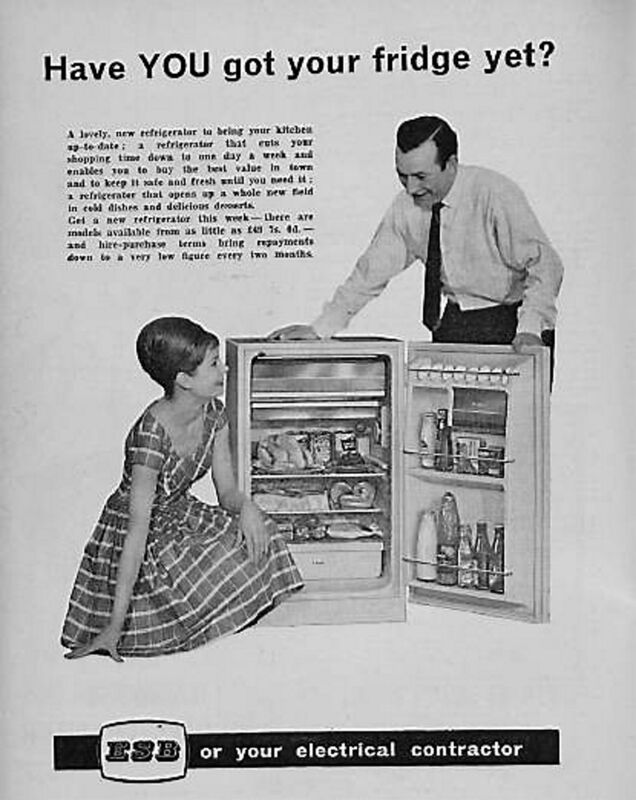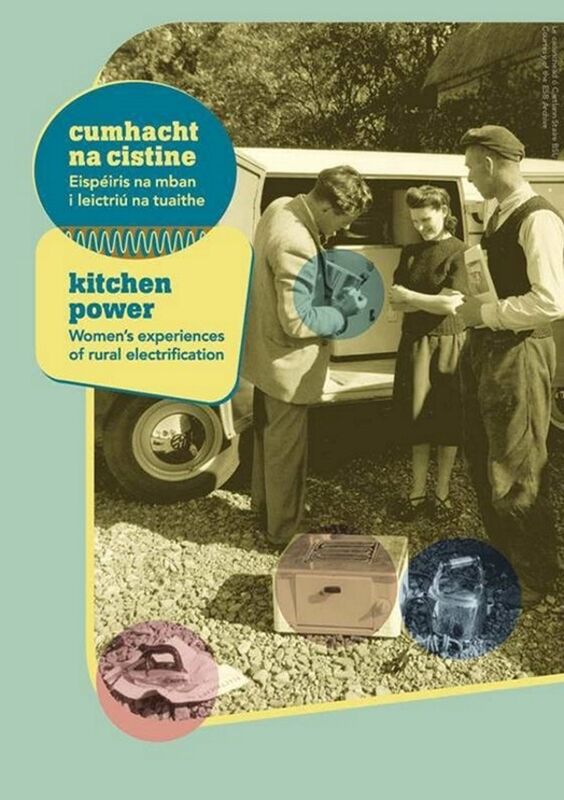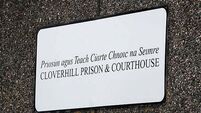How electric-powered kitchen appliances revolutionised life for rural Ireland's women in the 50s

A new exhibition reminds us how electric kitchen appliances revolutionised life for women in rural Ireland in the 1950s and ‘60s, in the wake of the ESB’s massive scheme of rural electrification from 1946 until as late as the 1970s, writes .
Eileen Aylward was 12 years old when she saw the light: the electric light.
Having grown up in a farming family in Rathmore, Co Kerry, Eileen vividly remembers when her family switched on their first electric light, following the ESB’s rural electrification. The year was 1952.
“We had the switch at the top of the stairs,” she says. “My grandmother, who was 82 at the time, said a little blessing. She said, ‘may the light of heaven shine down on us.’ And then, we switched it on.”
“I remember, prior to getting the light, they had to put in the bulbs. There was one in each room upstairs. Then, there was one plug in the kitchen, for the radio and the iron, and when we needed to do the ironing, we had to unplug the radio.”
Eileen also remembers local men digging holes for the electricity poles, a dance held to celebrate the power’s arrival, and her father’s delight that the electricity in the cowshed and piggery allowed him to check on his animals with ease.

Rural electrification was a vast undertaking: in 1946, two-thirds of Irish homes were without power, and, by 1975, 99% of Irish homes had power. The ESB divided the country into 800 rural districts and erected one million electricity poles.
But there were protests about the positioning of poles, and, for some, a mistrust of this new source of power.
“Quite a lot of people were afraid of it,” Eileen says.
Some people would only put the electric light on for long enough to find the matches and light their candle.
80-year-old Eileen has her cherished memories, but for younger generations it’s impossible to imagine how Irish life was revolutionised by electric power. And women’s lives were particularly changed by an array of domestic labour-saving devices.
Eileen’s mother died when Eileen was just 17 months old, leaving the family in the care of a housekeeper and their maternal grandmother.
Compared to many girls, Eileen had relatively few chores, so the main impact Eileen can remember was the benefit to her education of having extended reading time in the evening.
But washing machines, irons, and electric hobs liberated women from the drudgery and hard physical labour of running a home.
Dr Sorcha O’Brien is a design historian at Kingston University. She heads a research project called Electric Irish Homes and is co-curating ‘Kitchen Power,’ the new exhibition about the effect of rural electrification on women in Ireland. (It is at the National Museum of Ireland – Country Life, in Castlebar, Co Mayo.)
The exhibition includes oral histories from women such as Eileen Aylward, as well as from women who were employed by the ESB to demonstrate show kitchens all over the country.

“The ESB demonstrators were young, educated women, with third-level degrees, but their job was to bring demonstrations to things like the Spring Show, and out to individual customers’ homes,” Dr O’Brien says.
“If you bought an electric cooker, they’d come out and make a batch of brown bread or scones in your home, to check the appliance was working, and also that the new owner was confident with it.”
Artefacts from the time include appliances and adverts that wooed women with the ease and the glamour that electrical appliances could bring to their home life.
“Part of the exhibition is really about the fantasy and the promise of modernity,” Dr O’Brien says.
“These were bright, shiny, attractive objects, shown in ads with really well-dressed women with beautiful hair and nails and really high heels; this idea of making housework glamorous and attractive.”
There’s a huge nostalgia for the 1950s, not just in Ireland, but it’s interesting, because it’s a nostalgia for the fantasy, not for the reality. They’re nostalgic for the dresses and cupcakes, not for living in a house with no electricity and then getting one socket.
A twin-tub washing machine could make a vast improvement in the quality of life of a woman laundering cloth nappies for multiple children; the Irish Countrywomen’s Association rowed in behind the ESB, even, Dr O’Brien explains, advising young women not to marry farmers who spurned a connection to the national grid.
Women then were less likely to work outside the home, due in part to the marriage bar, which wasn’t lifted until 1973.
Therefore, they often had limited independent income, and Dr O’Brien has heard of women using their ‘egg money’ from raising chickens, or from knitting Arran jumpers, to save for a coveted, labour-saving machine.
Dr O’Brien is not only interested in what we can learn about women’s changing role in the society of the past, but also what lessons we can carry into a future in which our reliance on electrical gadgets poses environmental problems.
“We’re talking about how to transition to a low-carbon society and how you can do that, so the idea that there are alternative ways of living is really useful,” she says.
“When you look at how those appliances were designed, they were all very robust, built to last a very long time. I’ve heard from people who have appliances from the ’60s that are still working. As a product designer, I think that’s really important, to remember that we don’t have to perpetuate planned obsolescence; we should design appliances that are built to last, and that can be fixed,” Dr O’Brien says.












